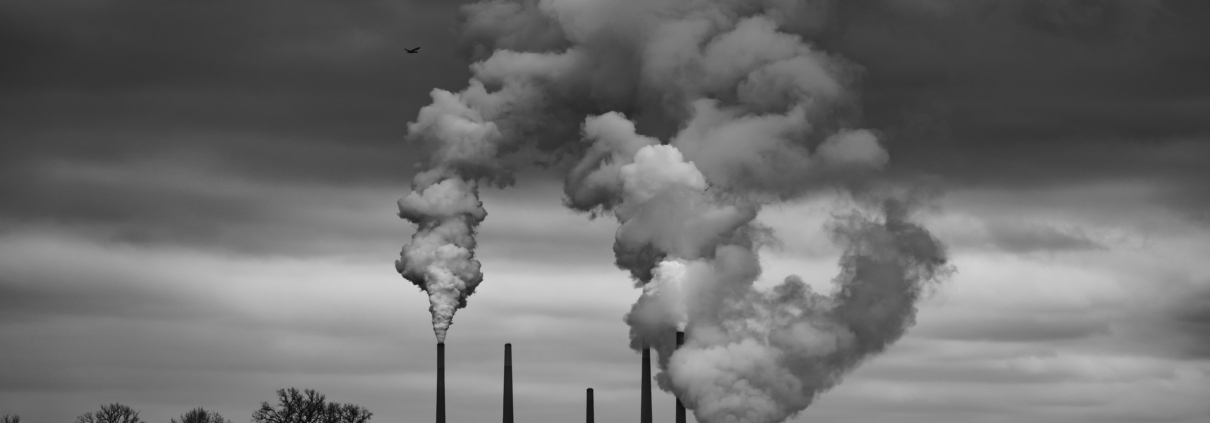Why Your Carbon Footprint Matters
Climate change is a symptom of our non-sustainable way of life. Many climate change models have been run to date, all predicting various levels of catastrophic changes. Most agree that planet Earth will survive and evolution as well as other natural processes, will continue to run course. However, most also agree that humans will take a very heavy hit if we do not adapt our lifestyles and economies immediately. Humanity will face numerous challenges from an increase in poverty and violence, to decreased health, cultural loss, mass migrations and loss of natural resources. Millions of species will go extinct as their ecosystems degrade. Some of those species and all of those ecosystems are socio-economically valuable to us. Storms will become more frequent and stronger. Sea levels will rise leaving coastal cities with immense costs of building dams or forcing millions to relocate. Farmlands will turn to deserts, coral reefs will turn to algae barrens and what remains of our forests will be plagued by fires, droughts and floods. All of this, and more, is caused by an increase in greenhouse gases in our atmosphere.
Greenhouse gases can trap heat which lies at the basis of rising temperatures in many places across the globe. Carbon dioxide, methane, nitrous oxide, hydrofluorocarbons, perfluorocarbons and sulphur hexafluoride are the six main greenhouse gases. The sun emits energy which is either reflected or absorbed by the earth. Some of the energy that is absorbed is re-emitted into the atmosphere as infrared radiation (i.e. heat). Greenhouse gases have the ability to absorb infrared radiation emitted by the sun causing the molecules to vibrate and produce more heat. The heat is then released in any given direction and can potentially be reabsorbed by another greenhouse gas, again, creating more heat. This cycle is a natural process that has allowed for life to grow as we know it today. Unfortunately, an increase of these gases in our atmosphere also means an increase in heat production which is at the base of a rapidly changing climate.
Excessive carbon dioxide concentrations are responsible for two-thirds of temperature imbalances today. Many argue that our planet has seen similar changes of atmospheric and greenhouse gas concentrations before. This is true to a certain extent. With an atmospheric CO2 concentration over 400 ppm (parts per million) we have reached an all-time high of the last 800 000 years. The current spike in CO2 is not part of earth’s natural cycle, humans are the culprit of high levels of atmospheric CO2, speeding up a process that would usually take place over thousands of years. Nature needs time to adapt and even humans need time to adapt but our wanton burning of fossil fuels has put us both in a tricky position. It matters how much you emit, you are impacting other lives directly.
Want to make a difference? Restore and conserve mangrove forests. Reduce your carbon emissions.
Author:
Layla Olefs
Sustainability Manager and Co-Founder of White Green Blue.
Layla is on a mission to create positive impact and to spread awareness about our beautiful home. As a marine conservationist and PADI Dive Master her passion is the marine world and, of course, mangroves. She is the author of our Ecology and Culture blog series. Stephen Olefs, our Community Development Coordinator, is taking the lead in our Green Tech blog series.









